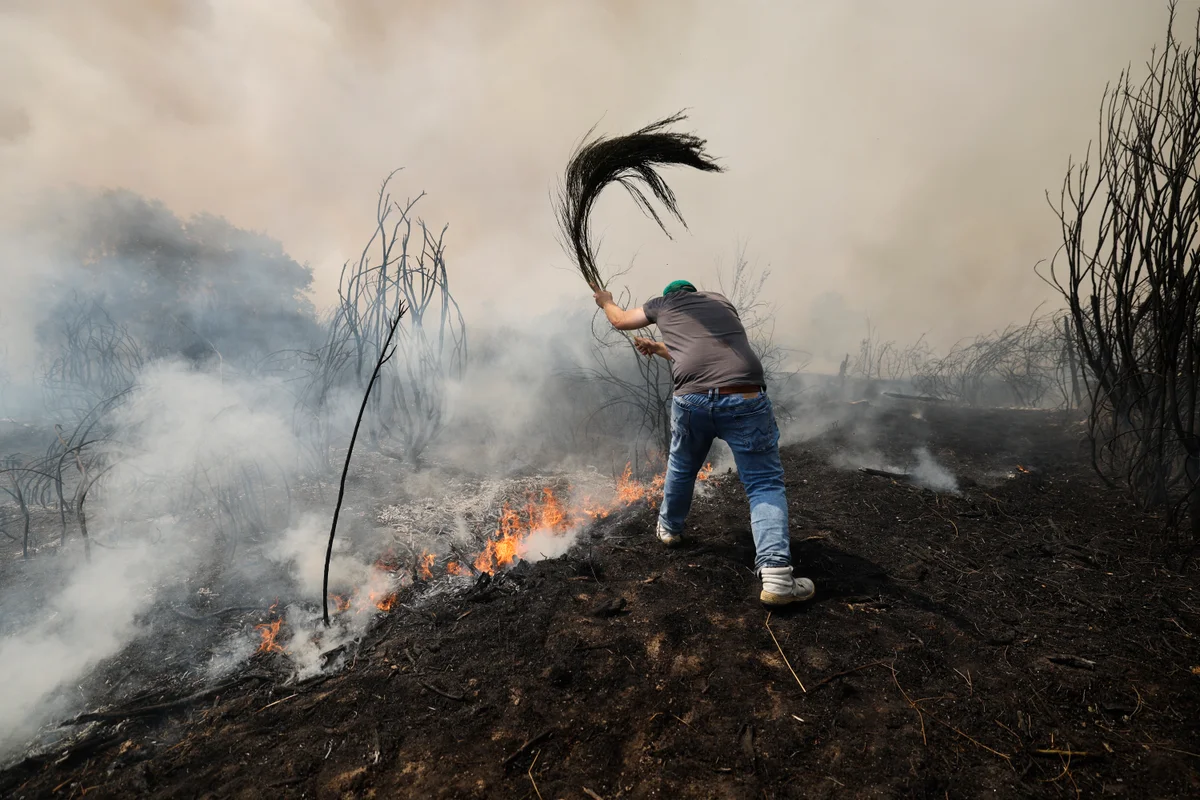By Stuti Mishra
Copyright independent

Spain has endured its hottest summer since records began in 1961, with weeks of heatwaves pushing temperatures above 45C and fuelling the country’s worst wildfire season in three decades, the state weather agency has said.
The national meteorological service AEMET said the summer of 2025 was 2.1C hotter than the 1991-2020 average, surpassing the previous record set in 2022 by 0.1C. The average temperature for June to August reached 24.2C, the highest in more than six decades of data.
Nine of the 10 hottest summers in Spain have occurred in the 21st century, with more heat to come, AEMET spokesperson Rubén del Campo told Reuters.
“These summers of 2022 and 2025 are a trailer – or spoiler – for what could happen in the middle of the century. One in every three days this summer we have been under a heatwave.”
According to the agency, Spain experienced 33 days of officially declared heatwaves over the summer. One of them, in August, lasted 16 days and was the most intense on record, with temperatures soaring above 45C in the south of the country.
In inland parts of Galicia, one of the worst-hit regions for wildfires, average temperatures were around 3C higher than normal.
AEMET warned that the trend would continue as climate change intensifies, meaning the kind of record-breaking conditions seen this year could become routine in the decades ahead.
The extreme heat stoked Spain’s most destructive wildfire season in 30 years, part of a wider pattern across Europe. Data from the European Forest Fire Information System showed that 1.03 million hectares of land burned across the EU during the summer.
The wildfires resulted in record emissions. According to the Copernicus Atmosphere Monitoring Service (CAMS), wildfire carbon emissions in Spain rose almost vertically on monitoring charts during the first two weeks of August, overtaking all previous years in their dataset that goes back to 2003.
The impact extended beyond wildfires. Power demand surged, crops wilted, and authorities issued repeated health warnings to protect vulnerable people from dangerous heat levels.
The agency also noted that this summer’s rainfall was below average in much of the country, worsening drought conditions in already parched regions.
The outlook for the coming months offers little relief. AEMET has forecast that autumn will also be unusually warm, especially in the north and east of the Iberian Peninsula and in the Balearic Islands. Parts of western Spain and the Canary Islands are also expected to be drier than usual.
Spain, one of the most climate-vulnerable countries in Europe, has already warmed by more than 1.5C compared to pre-industrial levels. The Mediterranean region is heating up 20 per cent faster than the global average, according to the United Nations.
Recently, Spanish government said it will make lessons on floods, wildfires, earthquakes, and volcanic eruptions compulsory for children as young as three in what the government says is an urgent step to prepare the next generation for the effects of the climate emergency.
Scientists warn that without steep cuts in global greenhouse gas emissions, the country will face even longer and hotter summers, increasing the toll on health, agriculture, and ecosystems.



